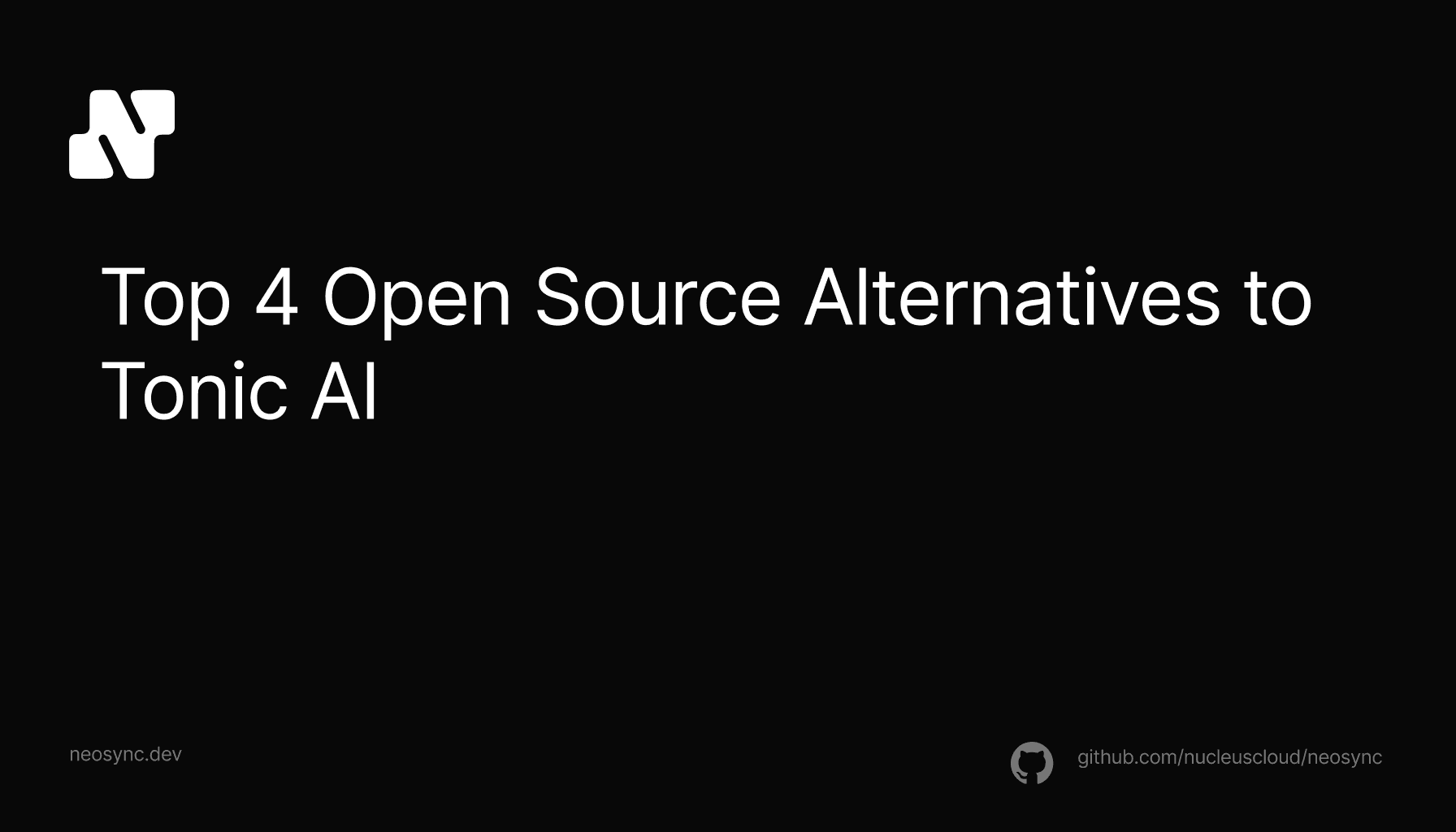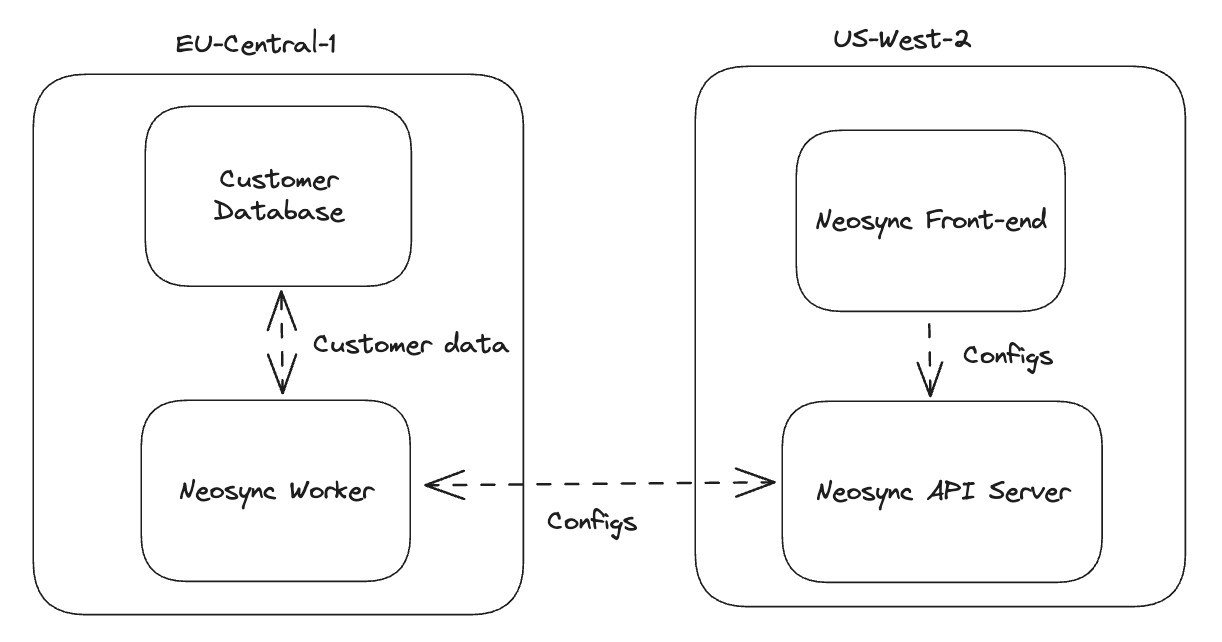
Top Open Source Alternatives to Tonic AI for Data Anonymization and Synthetic Data
Top Open Source Alternatives to Tonic AI for Data Anonymization and Synthetic Data
March 31st, 2025

Data residency and data privacy have become increasingly important topics over the last few years. More and more countries are passing data privacy laws that require companies to store and process data within specific geographic boundaries. This is particularly true in the EU where GDPR requires that EU citizen data stays within EU borders.
Today, I'm excited to announce that Neosync officially supports EU deployments! This means that EU-based companies can now use Neosync to anonymize and sync their data while ensuring that data stays within EU borders.
Data residency laws are becoming more common as countries aim to protect their citizens' data. Here are some examples:
This trend is only accelerating. In fact, Gartner predicts that by 2026, more than 75% of countries will have data residency laws in place. This presents a challenge for companies operating globally - how do you comply with these laws while still maintaining operational efficiency?
Neosync at it's core is a data streaming platform and Neosync never stores any customer data. With multi-region deployments, Neosync can process data within specific geographic regions. For EU-based customers, this means:
Here's what this looks like in practice:

When an EU-based customer uses Neosync, their entire workflow - from data extraction to anonymization to syncing - happens within EU borders. This ensures compliance with data residency requirements while still giving developers the tools they need to build great applications.
One of the things we focused on when building our EU deployment was making it completely transparent to customers. There's no separate URL to remember, no configuration changes needed, and no additional setup required.
When you sign up for Neosync, we can deploy your account to our EU region and that's it. In the future, we're going to support even more granularity and allow you to deploy jobs to different regions. If you're a multi-national company that needs to comply with several different data residency requirements, you can run one job in the EU region while running another job in APAC.
If you're an EU-based company working with sensitive data, this means you can now use Neosync while maintaining complete compliance with GDPR and data residency requirements. You get all the benefits of:
All while ensuring your data stays within EU borders.
Data residency requirements aren't going away. If anything, they're becoming more stringent and more common. With Neosync's EU deployment, we're making it easier for EU companies to comply with these requirements while still maintaining a great developer experience.
If you're an EU-based company looking for a way to safely anonymize and sync your data while maintaining GDPR compliance, try Neosync today. For any questions about our EU deployment or data residency support, reach out to us on Discord or check out our documentation.

Top Open Source Alternatives to Tonic AI for Data Anonymization and Synthetic Data
March 31st, 2025

Top 4 Alternatives to Tonic AI for Data Anonymization and Synthetic Data Generation
March 25th, 2025

Nucleus Cloud Corp. 2025